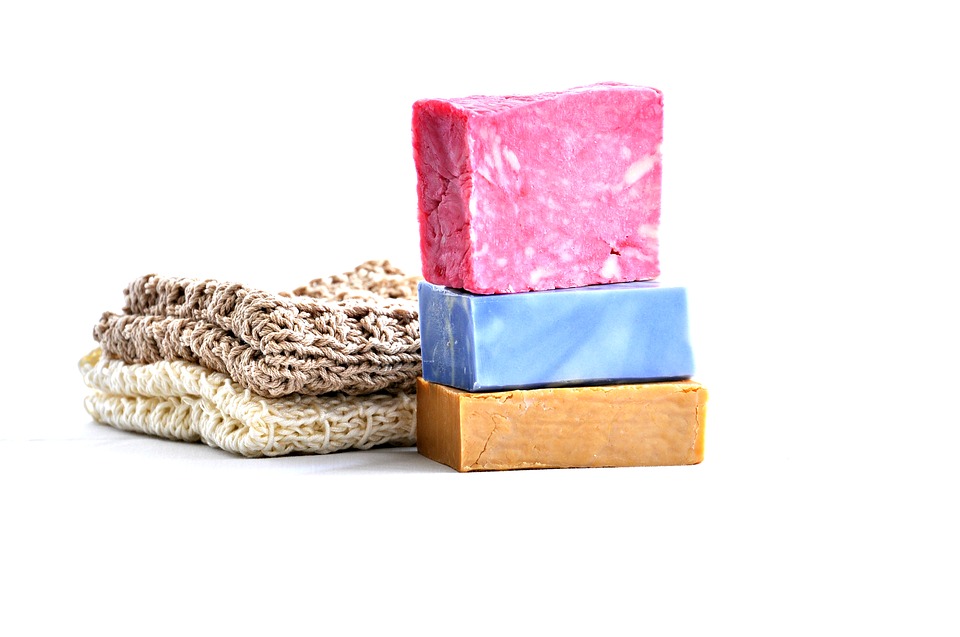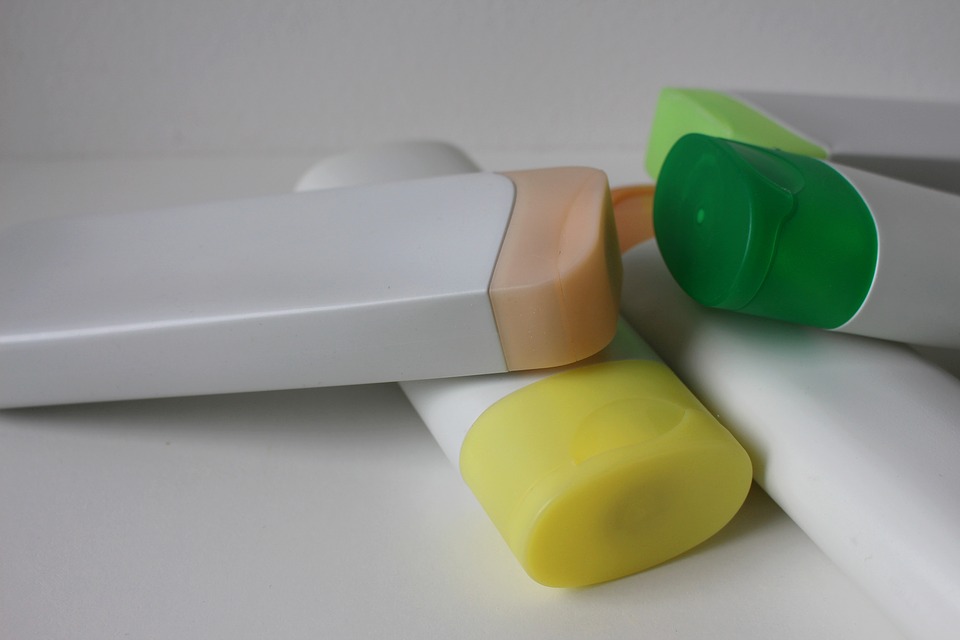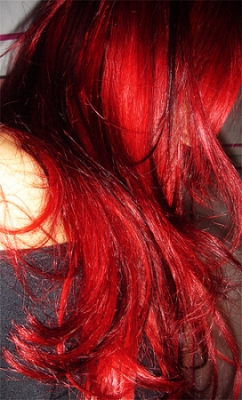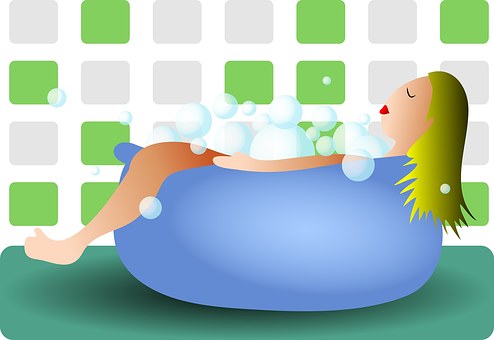There are few things in the world of DIY home goods that carry as much of a unique coolness factor as bath and body products. For some reason, it never occurs to people that they can actually make their own versions of these products. It’s as though people think that these things need to be made in some huge factory, using crazy machines that no one even knows the name of. I don’t know if this says worse stuff about us or the products we slather all over ourselves, but either way, it doesn’t need to be this way. There are a few really great soap recipes out there that just about anyone can easily complete.
The one I’m putting on here is a cucumber soap recipe, and it’s great. This one is super simple and very easy to make. Not only does it use some more common items than other soap recipes, but it carries with it a certain natural cache. After all, cucumbers are used around the world for their astringent properties, so you’ll be making soap with a kick. The recipe is pretty simple:
1 & 1/2 c. cleanly rendered tallow
1 c. cucumber pulp
1/2 c. vegetable oil
3/4 c. cold soft water
1/4 c. lye flake3s
1/2 tsp. wheat germ oil or vitamin E oil
Grate every part of the cucumber to the finest texture that you can possibly get it. I mean EVERY part of the cucumber. Nothing goes to waste. Bring the tallow to a melt, and stir in the cucumber until you get a good mixture going. Keep it on the lowest heat your stove can manage for about half an hour, stirring infrequently.
Add the vegetable oil to the tallow, and set it aside. Add the lye flakes to the cold water, and set that aside as well. Once the two are cooled to about equal temperatures, you’re going to start stirring the lye into the tallow. It’s very important that you stir the lye into the tallow. Lye is an extremely caustic substance that can produce severe chemical burns. If you pour the tallow into the lye, you run a greater risk of having lye splash up onto your skin, so pour the lye into the tallow gently. Stir them together, and let the mixture sit.
Grease your molds with the petroleum jelly, and add the rest of the ingredients (wheat germ, vitamin E) to the lye/tallow mixture while stirring very slowly. Once they’re mixed and relatively lukewarm, pour the mixture into the molds and let it sit.
Lo and behold… soap!




